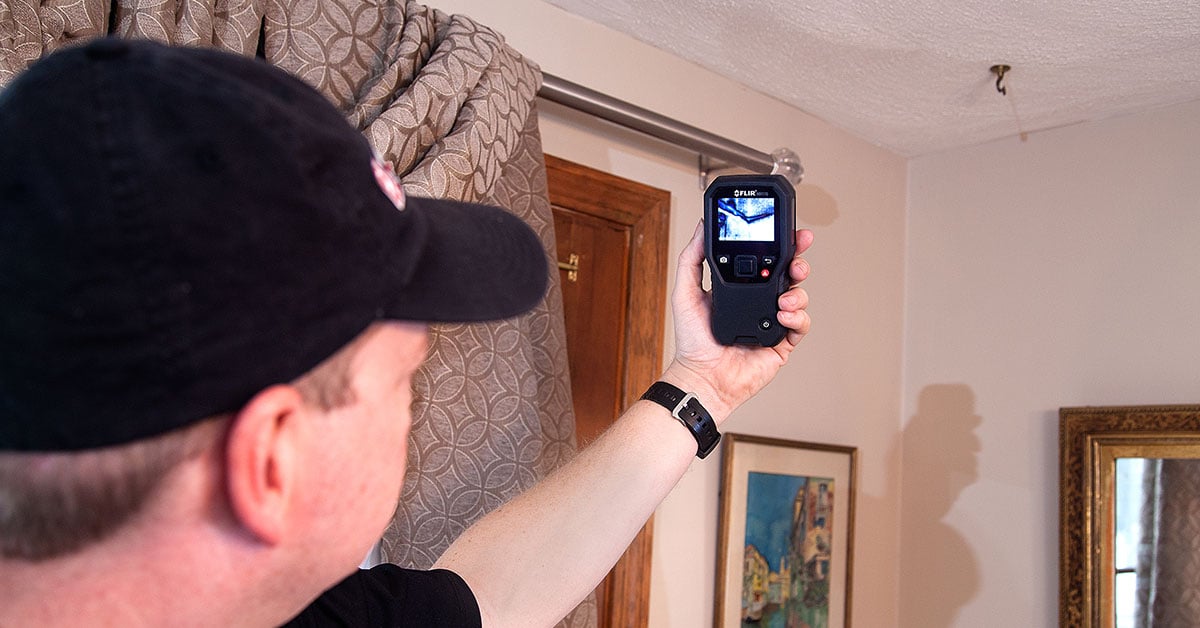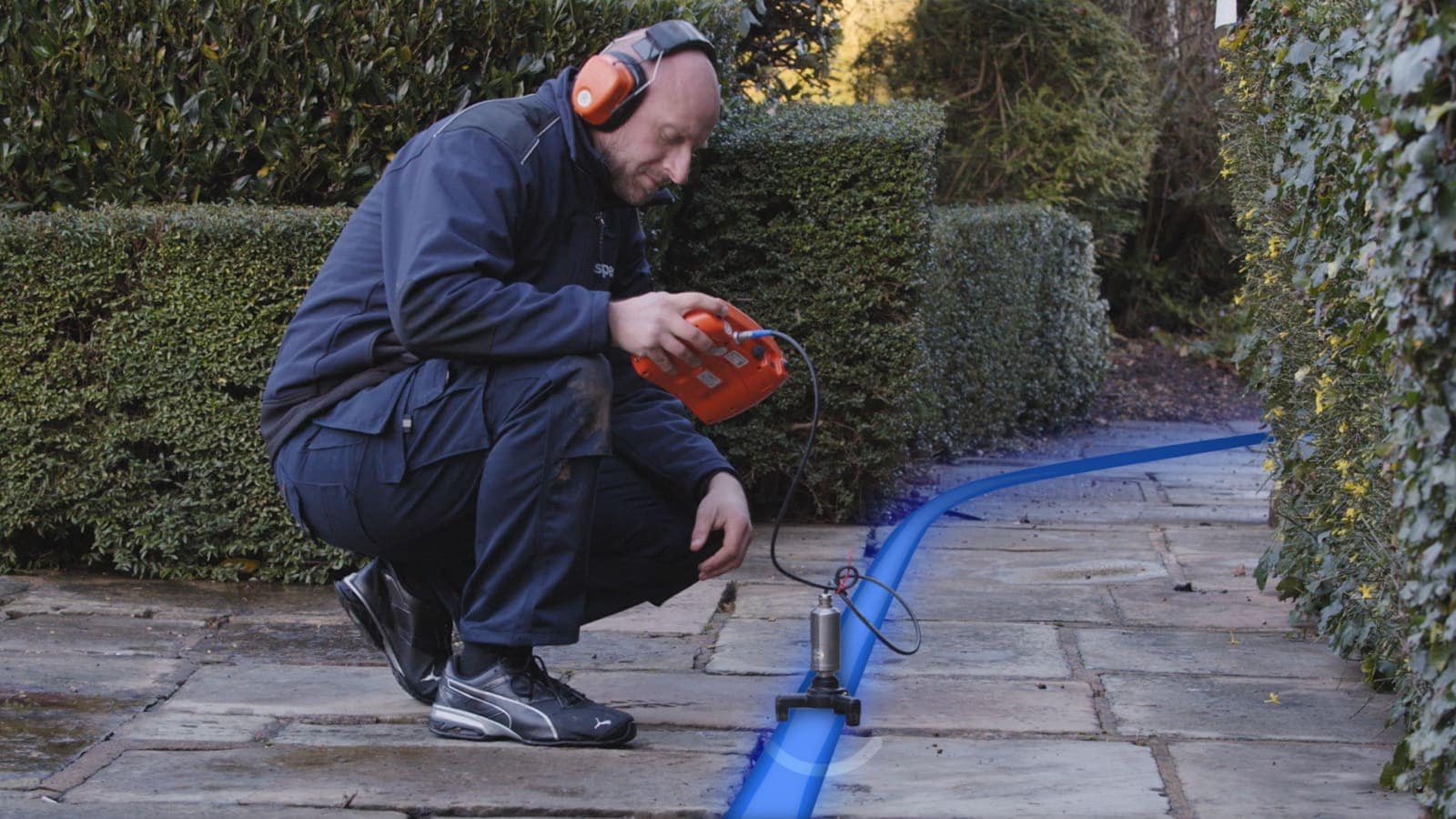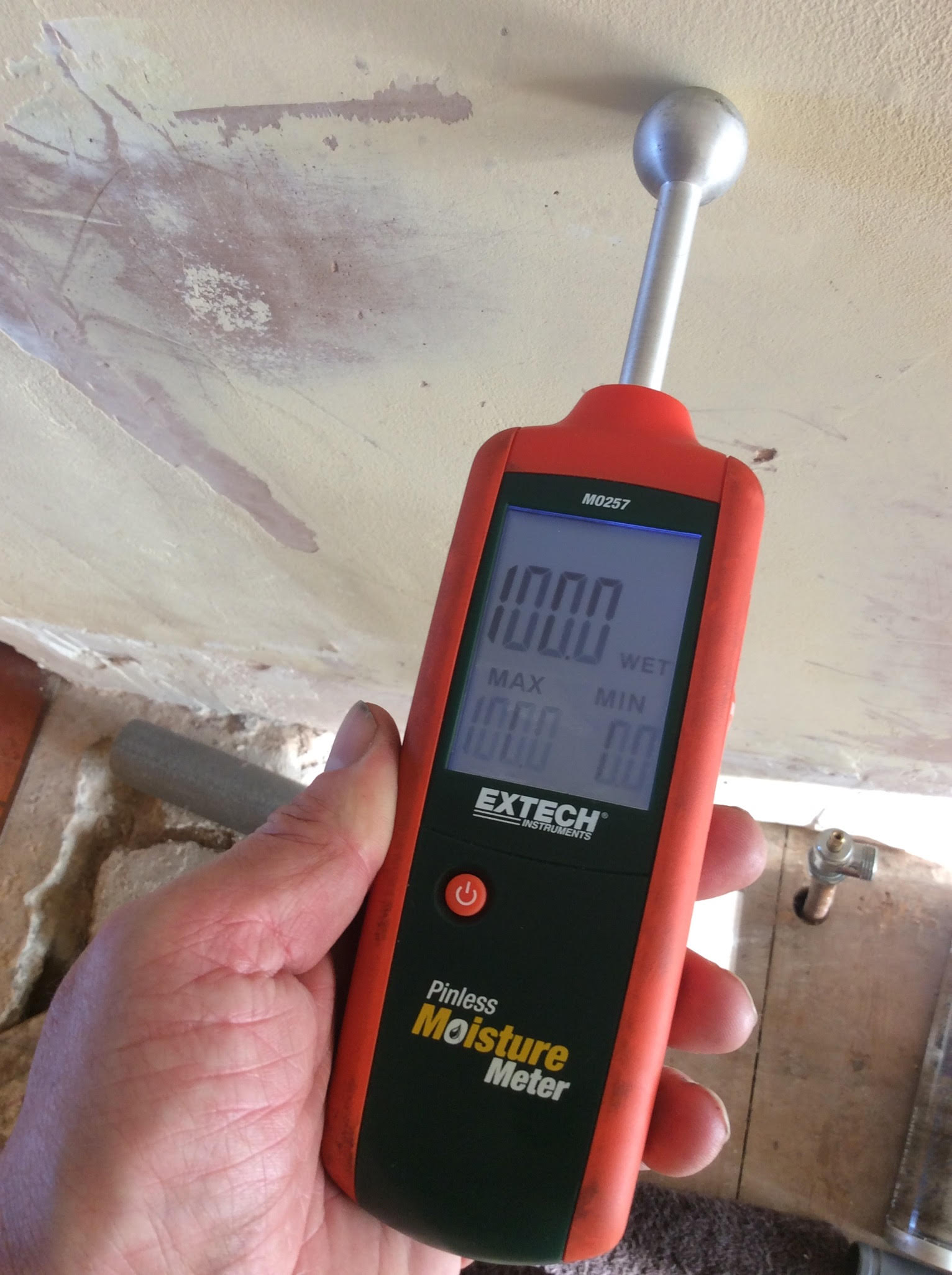Comprehensive Overview to Water Leak Detection for Homeowners and Businesses
Cutting-edge Solutions for Early Detection of Water Leakages in Buildings and Infrastructure
From cutting-edge leak discovery modern technologies to the implementation of IoT sensing units for real-time monitoring, the landscape of leak prevention is progressing quickly. Automated water flow evaluation systems are improving just how leaks are identified and attended to, paving the way for a positive technique to water leakage discovery.
Advanced Leak Detection Technologies
Advanced leakage detection modern technologies, geared up with advanced sensing units and algorithms, play a crucial duty in swiftly identifying and identifying water leakages in different settings. Electromagnetic sensors can recognize adjustments in electro-magnetic fields triggered by water, supplying yet another layer of leakage discovery capacity.

IoT Sensors for Real-Time Surveillance
In the realm of contemporary water leakage discovery, the integration of IoT sensors for real-time surveillance stands for a crucial development in improving aggressive leak discovery abilities. These sensors use continual tracking of water systems, offering real-time information on water flow prices, stress variants, and temperature level changes. By leveraging IoT modern technology, these sensing units can discover even the smallest anomalies in water usage patterns, enabling early identification of prospective leaks prior to they rise into significant problems.
IoT sensors transmit data to a central system, where advanced formulas examine the information and create informs or notifications when abnormalities are found. This real-time surveillance ability allows homeowner or center managers to quickly attend to leakages, minimizing water damages, lowering repair costs, and preserving water sources.
In addition, IoT sensors can be incorporated with structure management systems, permitting computerized feedbacks to identified leakages, such as shutting down water shutoffs or turning on pumps to mitigate the effect of leakages. Overall, the application of IoT sensors for real-time tracking considerably boosts the effectiveness and efficiency of water leak discovery in buildings and framework.
Maker Learning Algorithms for Leak Forecast

One trick advantage of using equipment learning for leak forecast is its ability to constantly learn and improve its precision over time. As even more data is accumulated and fed right into the algorithm, have a peek at these guys it can fine-tune its predictions and adjust to transforming conditions, inevitably increasing the reliability of leak detection systems.
Furthermore, maker understanding formulas can help in determining subtle indications of leakages that might go unnoticed by typical surveillance methods. water leak detection. By evaluating complex information embed in real-time, these algorithms can offer early cautions and signals, permitting for punctual intervention and preventative upkeep to alleviate prospective water damage and connected costs
Making Use Of Thermal Imaging for Leakage Discovery
Thermal imaging technology provides a promising strategy for finding water leakages in various systems and facilities. By utilizing infrared radiation and temperature variations, thermal imaging cams can determine surprise leaks that are not conveniently noticeable to the naked eye.
One of the key benefits of thermal imaging for leakage discovery is its non-intrusive nature. Unlike conventional methods that might call for burglarizing wall surfaces or floors to find leaks, thermal imaging permits for non-destructive screening. This not just saves time and reduces costs but also minimizes interruption to the building or facilities being evaluated. Additionally, thermal imaging can promptly check large areas, giving a thorough Read Full Article summary of possible leakage sources in a prompt manner. Generally, the usage of thermal imaging modern technology enhances the effectiveness and accuracy of water leak discovery, making it a valuable device for preserving the stability of structures and facilities.
Automated Water Circulation Analysis Systems
How can automatic water circulation analysis systems change the detection and administration of leaks in different systems and facilities? Automated water flow analysis systems supply a proactive strategy to leak detection by continually checking water circulation prices and patterns. By establishing baseline information, these you could check here systems can rapidly recognize variances that may suggest a leak, allowing punctual treatment to avoid substantial damage.
These systems make use of innovative algorithms to analyze real-time data and supply immediate notifies when abnormalities are identified, allowing for quick action to be taken. Furthermore, automated water flow analysis systems can be incorporated with building monitoring systems or IoT platforms, improving overall efficiency and enabling remote tracking abilities.
Furthermore, the data accumulated by these systems can be utilized for anticipating upkeep functions, helping to identify potential weak factors in the facilities prior to leaks take place. On the whole, the application of automatic water flow evaluation systems can significantly boost leak detection and administration practices, inevitably bring about cost financial savings, reduced water wastefulness, and raised sustainability in buildings and infrastructure.

Conclusion
Finally, the integration of sophisticated leakage detection technologies, IoT sensing units, artificial intelligence algorithms, thermal imaging, and computerized water circulation evaluation systems supplies ingenious solutions for very early discovery of water leakages in buildings and facilities. These technologies enable real-time tracking, prediction of leaks, and reliable discovery techniques to avoid water damage and waste. Executing these solutions can help in preserving the stability and sustainability of water systems in numerous setups.